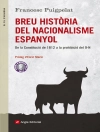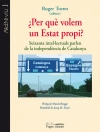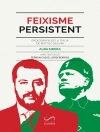Based on original empirical research that includes 90 interviews with key leaders, this book compares and contrasts negotiations during the processes of German unification and Eastern enlargement of the EU, with particular attention to the Czech Republic. It develops two models of political integration and suggests that such integration can take place by means of a take-over (Transplantation), or by the joining entity adjusting to the norms and institutions of the accepting part...
Tabella dei contenuti
TABLE OF CONTENTS LIST OF TABLES LIST OF FIGURES ACKNOWLEDGEMENTS LIST OF ABBREVIATIONS 1 CHAPTER 1: POLITICAL INTEGRATION IN EUROPE AFTER 1989: AN INTRODUCTIO...
Circa l’autore
Tereza Novotná is an FNRS Post-Doctoral Researcher at Université Libre de Bruxelles, Belgium. She received her doctorate from Boston University and has held various v...












